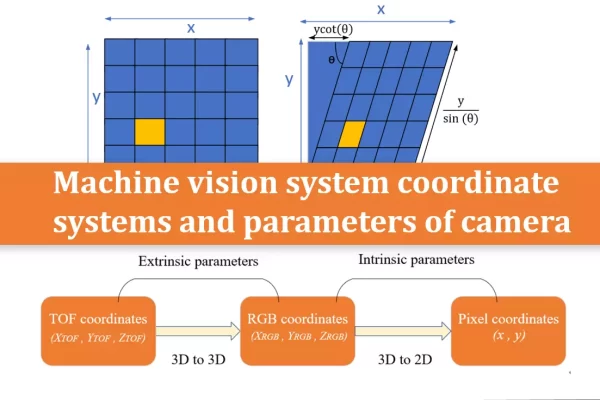Different industries use different terms to describe stray light. Common terms include ghost image, veiling glare, stray light, lens flare, image glare, scattering light and so on. The presence of stray light may degrade the image quality and create unnecessary objects in the image. Let us take a look at what stray light is and why it forms.

Table of Contents
What is stray light?
Stray light is produced when an external light source enters the lens and interacts with the internal components. This non-imaging light does not pass directly along its intended path, but is reflected inside the lens, and the non-imaging light is reflected by the lens component, aperture and even part of the sensor, and also scattered on the optical element housing, casuing artifacts on the lens. As shown in the diagram below:

Sources of stray light
Source 1: lens elements
The more lens elements, the more stray light appears in the image.
Source 2: focal length
A prime lens will have less stray light than a zoom lens because the zoom lens has an additional internal surface that the light entering the lens can reflect. In addition, the smaller the focal length, the less stray light interference, and wide-angle lenses generally have stronger flare resistance when exposed to strong light sources.
Source 3: bright light source
When a bright light source enters the lens at an oblique angle, it may reflect off the lens surface, causing stray light to create visible patterns in the image.
Minimize the influence of stray light
Method 1: use lens hood for the interference source
It will help prevent stray light from reaching lens.
Method 2: choose prime lenses
A prime lens has fewer lens elements than a zoom lens, and the fewer lens elements, the less chance there is for light to scatter and reflect inside the lens.
Examples of stray light phenomena for ToF camera
Stray light is always present when the lens element is determined. When the stray light has little effect on the object under test, the human eye cannot observe the difference. The effect of stray light on the measured object can be observed through IR images and point cloud images. As shown in the diagram below:

When the stray light has too much influence on the measured object, the human eye can obviously see from the infrared image that the infrared value of the same position increases and the measured object becomes brighter. The effect on the measured object is shown in the figure below:













